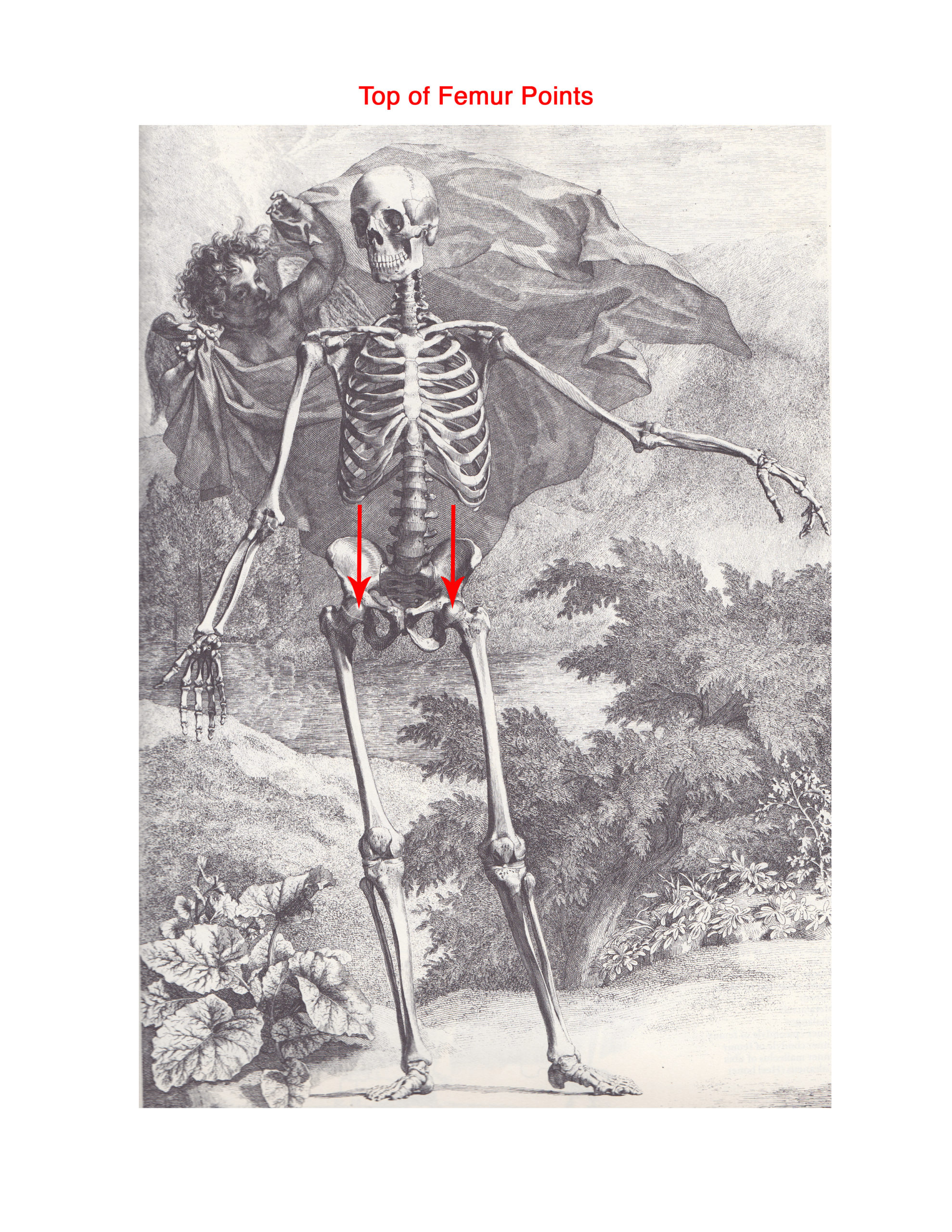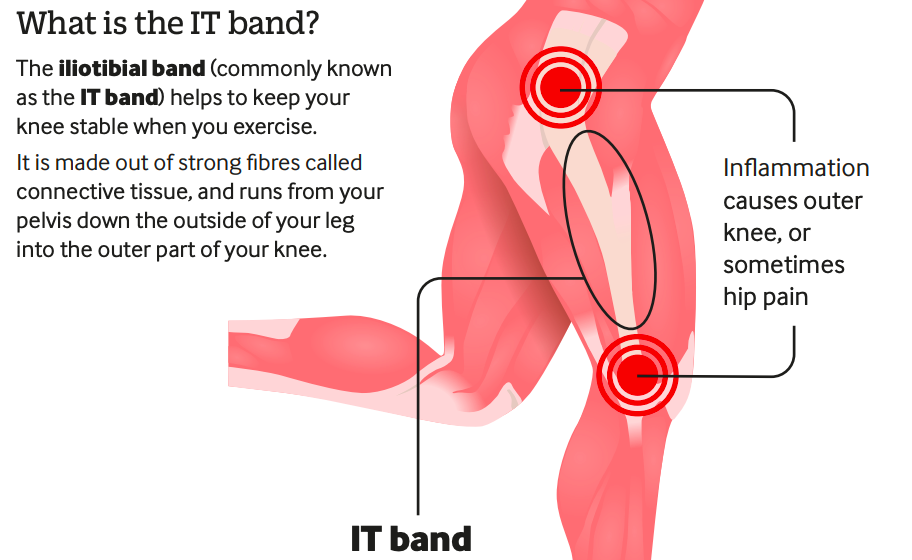
Photo of frog doing nothing by Mathew Kosloski
Do you long for a different political climate, a different song, a different vibe? Me too!!!! But…how can we change anything if we don’t stop what we are already doing? Let me tell you the story of how I experienced the national crisis in the USA this past Tuesday, January 6, so you will understand what I’m saying.
My first response was to think “OMG, it must have been extremely traumatic!” for the people inside when our Capitol building was stormed by domestic terrorists. The police, the lawmakers, the regular old cleaning staff. Then I began to include myself in the picture and honestly, all of us who care about the democratic process upon which we depend. Me personally, it really stopped me in my tracks – although I was on a subway train, which kept moving!
It didn’t seem to stop much else, however. Life went on, the train kept moving, the tweets kept tweeting, the newscasters kept casting, the terrorists kept terroring, and the public kept outraging. Even when a person was killed, nothing really stopped. Then, when the police finally re-opened the Capitol and the lawmakers returned to work, politicians on both “sides” kept spouting the same rhetoric they were spouting before this particular crisis.
Nothing stopped. Nothing changed direction. Nothing changed, not really. But dear readers, we don’t have to live that way. We can change, and we can do it now. All we have to do first is stop doing what we were doing. The second step is to identify more clearly what we don’t want, and identify more clearly what we do want. But first, our biology requires that we stop filling our nervous system with what it’s doing, kind of clear the decks, so that something else can happen. It’s kind of like playing music. End one phrase – even just a beat of silence and intake of air, before beginning the next.
I’ve never tried to write about this, but it’s the best thing I could think of to do with my experience yesterday. So if you are game, curious, keep reading and I’ll guide you through stopping (or “inhibition”), a key component of the Alexander Technique process.
In a moment, you are going to stop reading these words. I mean, keep reading them right now, but in a moment you are going to stop. When you stop reading them, your heart will not stop beating, your body will not stop breathing, time will flow onwards. You can just sit there and enjoy it, watch the show go by. See how long you can enjoy stopping before some part of yourself starts doing something – thinking, planning, making movement, multi-processing, etc. It might manifest in physical tension or whirring thoughts, in which case, you can just play with stopping again. Trust your interpretation of these words, don’t worry about “getting it right.”
You can even set the timer on your phone for 2 minutes, just to give yourself a framework for the experiment.
OK – ready, get set, GO!
Wow. 2 minutes is so amazing when you aren’t doing anything! I just did this experiment myself, and here a few things I notice as I return to typing on my computer keypad – since that’s what I was doing before I stopped.
– I can feel my whole body
– My breathing is much easier
– The top of my hands and my shoulders are so much softer even though I am now typing again
– I’m aware of the sunshine pouring across the room, across my keyboard and hands
– I can feel a cool breeze on my skin
What do you notice? Did you take two whole minutes? So much happens in that time frame that to actually write it all down would take an hour. That’s how intelligent and sensitive you are. Even if discomfort or thoughts or whatever arises in that two minutes, you can just watch how it changes and shifts. You could talk about this in very abstract terms, but what I actually mean by “stopping” is just to stop sending messages from your brain to your voluntary musculature – the muscles that move your body around. There are plenty of involuntary things that will carry on doing stuff without you making anything happen.
This “stopping” capacity of your central nervous system is available to you at any time, such an amazing resource. I truly wish that we can all tap into it more in the coming year when the going gets tough.
NEWS AND REGULAR OFFERINGS BELOW:
1) Open meeting of The Experimenters Union:
The Experimenters Union is a non-hierarchical facilitated work exchange group for Alexander Technique teachers. We are hosting a free, open meeting for colleagues in Australia/New Zealand time zones on Sunday, January 24th, 6 pm EST/Monday, January 25th 10 am AEDT. All AT teachers are welcome to attend, you can register HERE.
2) Weekly Mobilignment™ classes:
Dancers at heart of all ages and abilities – come exercise your neuro-plasticity to it’s utmost with mindful movement! Book a spot in the Monday & Wednesday Mobilignment™ class HERE.
3) Facilitated Mastermind for online embodiment innovators:
Do you want to jump-start your online business and learn Mobilignment™ practices in the process? My first two groups are full but I am interviewing for the waiting list and will start a new cohort in May. You can sign up for a free interview here. This DOUBLE VALUE 6 MONTH FACILITATED MASTERMIND is open all kinds of embodiment educators. We focus on fluid & playful embodiment online using Mobilignment™, business clarity, and financial abundance.
4) Need to re-juvinate your bodymindsoul?
Book a single private session ONLINE or IN PERSON.
5) Need to re-juvinate but still struggling financially during this dreadful pandema-recession? Check out my YOUTUBE CHANNEL.







